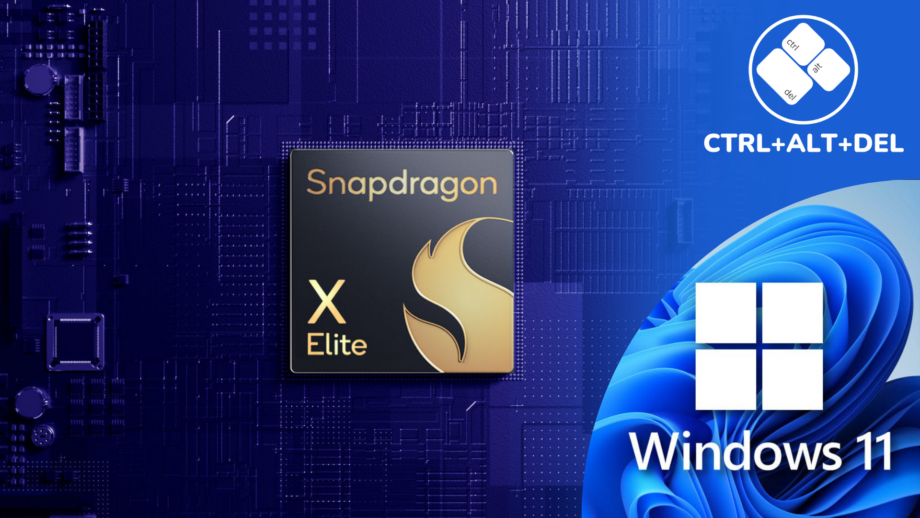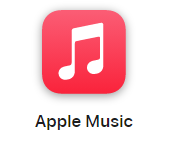Ctrl+Alt+Del: Snapdragon X Elite has one fatal flaw – Windows on Arm

OPINION: Last week, Qualcomm fully revealed the Snapdragon X Elite chip and, by all accounts, it looks like it could represents an Apple Silicon moment for Windows laptops. But, there’s one thing standing it its way, and that’s Windows itself.
Qualcomm snapped up the startup chip designs Nuvia a couple of years ago now and I’ve been intrigued by what was to come ever since.
The Nuvia team was made up of former Apple employees who worked on the widely successful iPhone chips. As soon as it became part of Qualcomm, CEO Cristiano Amon was quick to tout their high expectations for the future of Snapdragon chips – aiming to make the best chip on the market (via Reuters).
My interest seems well founded, with the performance showcased by Qualcomm during its Snapdragon Summit pointing towards a chip that can compete – and, in some cases, exceed – with the best on the market right now while consuming less power.
However, Apple’s successful M-series wasn’t just built on performance and efficiency but the effort they put into convincing users that the transition from x86 Intel chips to Apple Silicon Arm chips would be a near seamless one. It mostly succeeded – Apple continues to aggressively promote its modern Macs as being so much more powerful than its previous Intel ones, showing it’s still eager for more users to make the switch.
Unlike Apple, Snapdragon has far less control over its key operating system on PC. Over the last several years, Microsoft has repeatedly attempted to prove that Windows on Arm is ready. But, the proof is in the OS pudding is in the eating and it still tastes off.

Apple Music
Apple Music gives you access to over 100 million songs and 30,000 playlists, ad-free. Listen online or off, across all your devices, and hear sound all around in Spatial Audio with dynamic head tracking. You can now try 1 month for free!
- Apple
- Get 1 month free
- £10.99 p/m
The key evidence for Windows on Arm not yet being a convincing proposition is the lack of its presence on the market, with Microsoft itself being the only company pushing its use, with the Surface Pro X and, then, the Surface Pro 9 5G. Both of which offered impressive designs but neither was convincing when it came to ensuring a seamless operating system that users expect, with the odd fumble around every corner. The fumbles continue to come in the form of ongoing compatibility flubs and less-than-par performance.
The best implementation of Arm chips in the PC world, outside of Apple, has been with ChromeOS devices thus far. Compatibility is far less of an issue due to the web-based nature of Google’s operating system, and the Snapdragon chips have typically offered boosted battery life as well as built in 5G capabilities.
So, how did Apple solve the issue? A big part of the Apple Silicon launch involved the company proudly espousing about new Rosetta 2. This technology was there to provide an emulation layer for x86 apps, largely solving compatibility and performance concerns. Microsoft uses a similar approach but it’s just not there yet. If you aren’t using Windows first-party apps, you’ll fast notice that the Arm version of your day-to-day apps isn’t quite there.

Now, it isn’t fair to lay all the blame at Microsoft’s door. Windows is a more open ecosystem than MacOS so it can only control the apps that run on its platform so much and, in the past, Microsoft has aimed for more control by pushing users towards its Universal Windows Platform (UWP) apps but it was never received all that well.
As such, some of the flack has to go to both developers and Qualcomm, as they all need to be part of the project of making Windows on Arm work. And, I’ll not just limit that to Qualcomm. Both Nvidia and AMD are reported to be diving into the Arm PC chip making game (via Reuters), so they need to put their weight behind the project too.
With the Snapdragon X Elite chip, Qualcomm has showcased technology that could be big deal for non-Mac users. Since the Apple Silicon launch, reviews of MacBook rivals have had to come with caveats – including typically lower battery life and not offering similar performance off power as when plugged in. If Arm takes off on Windows, those benefits will be available to a much wider market. For the Arm revolution to succeed, there needs to be a Windows on Arm evolution.
Ctrl+Alt+Del is our weekly computing-focused opinion column where we delve deeper into the world of computers, laptops, components, peripherals and more. Find it on Trusted Reviews every Saturday afternoon.

